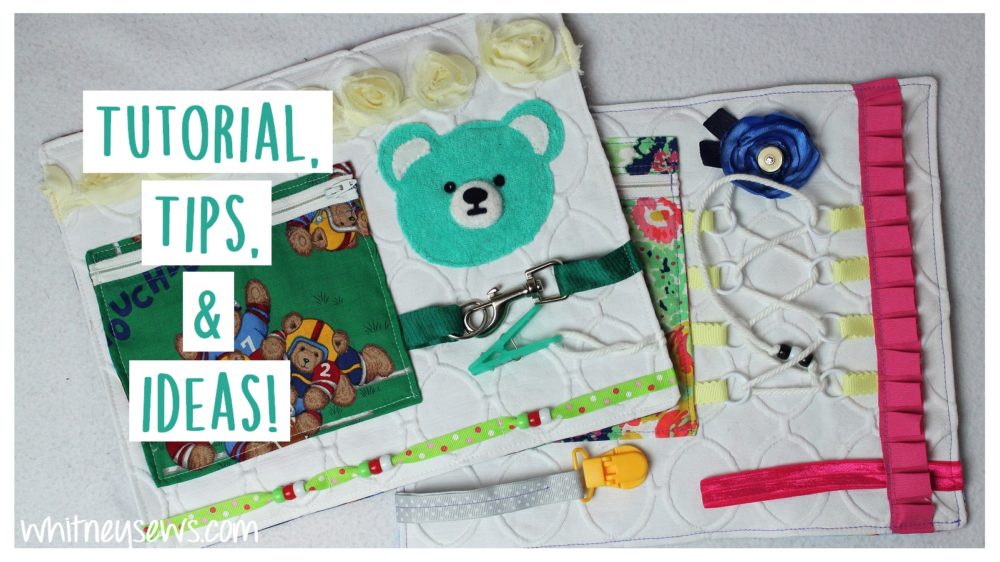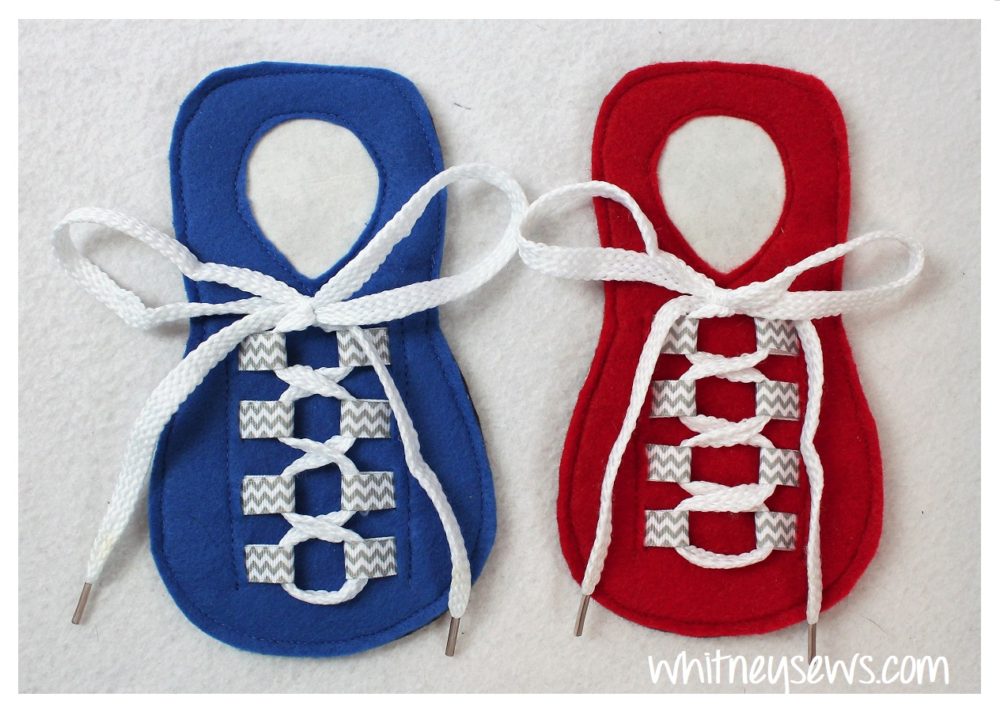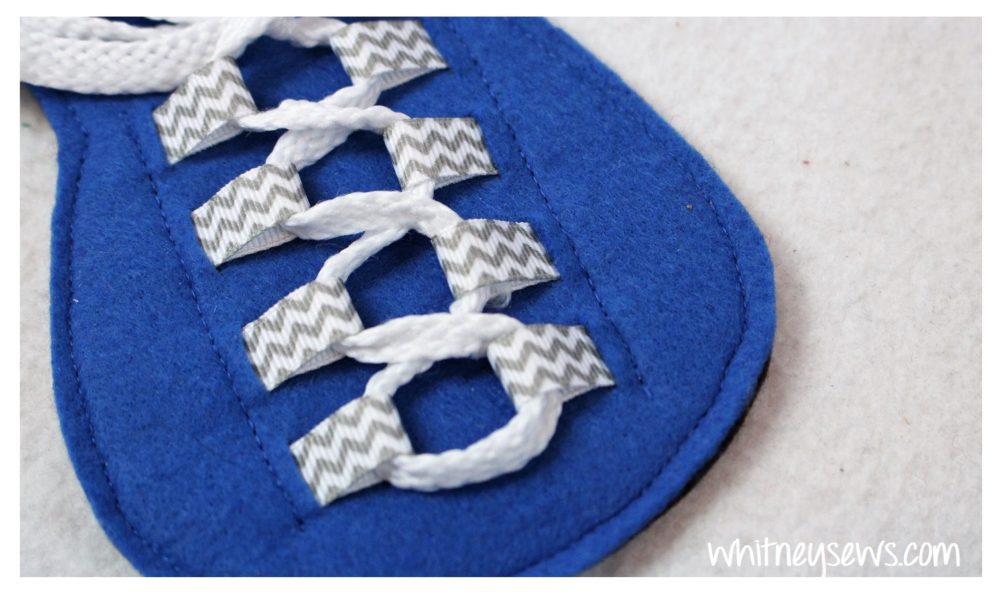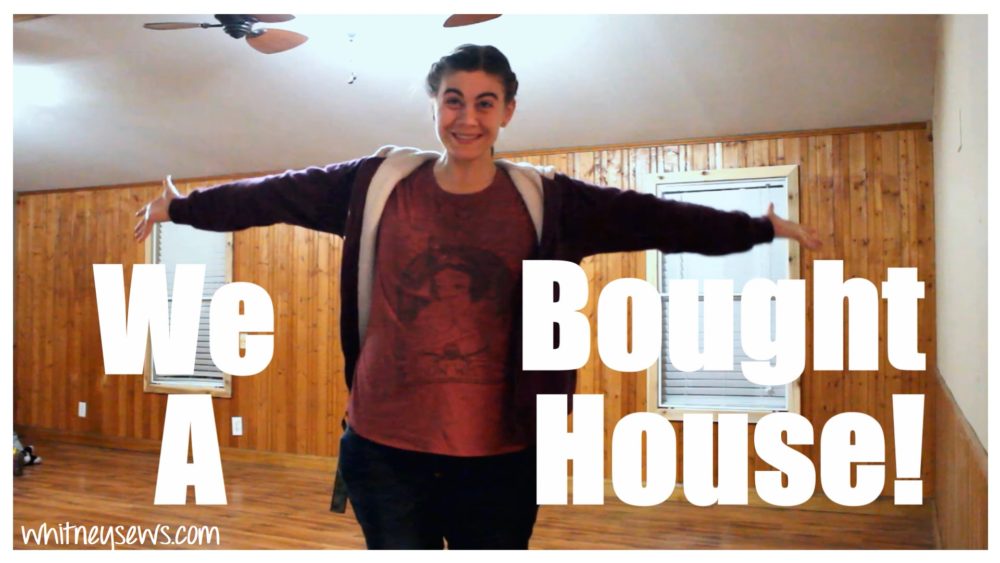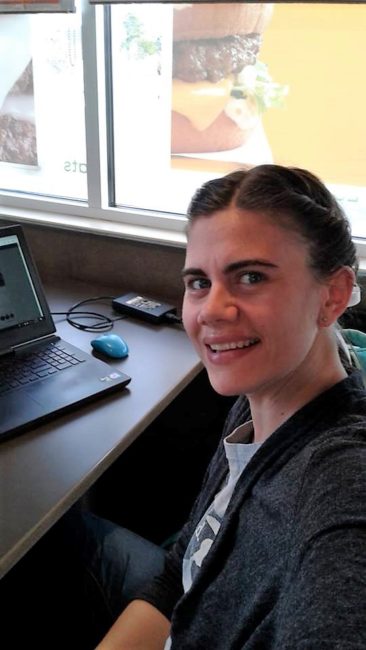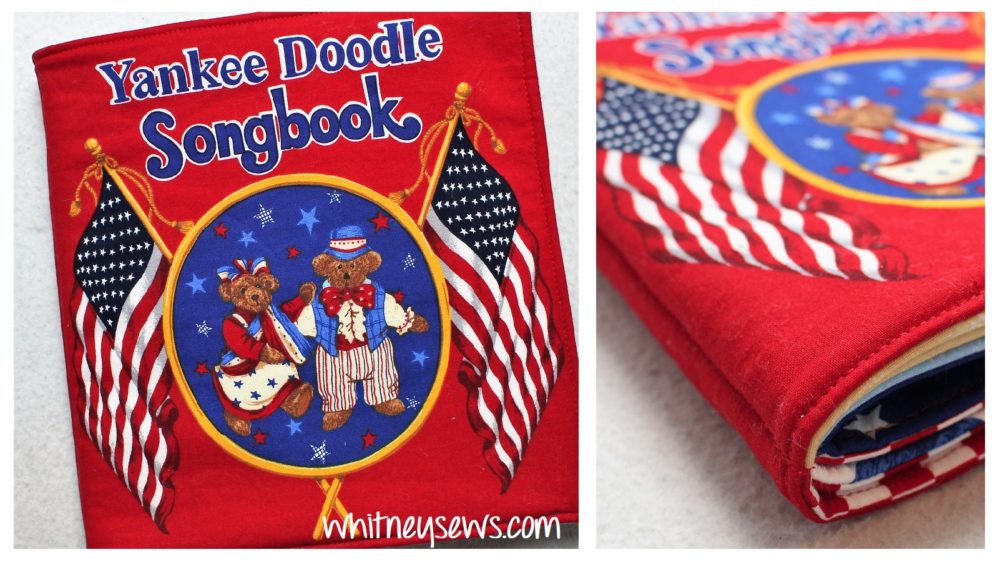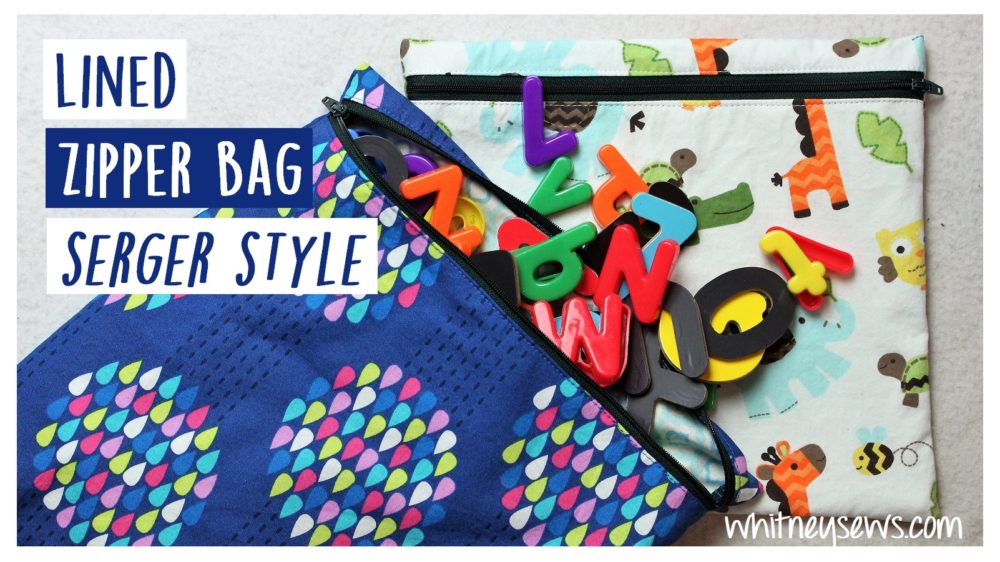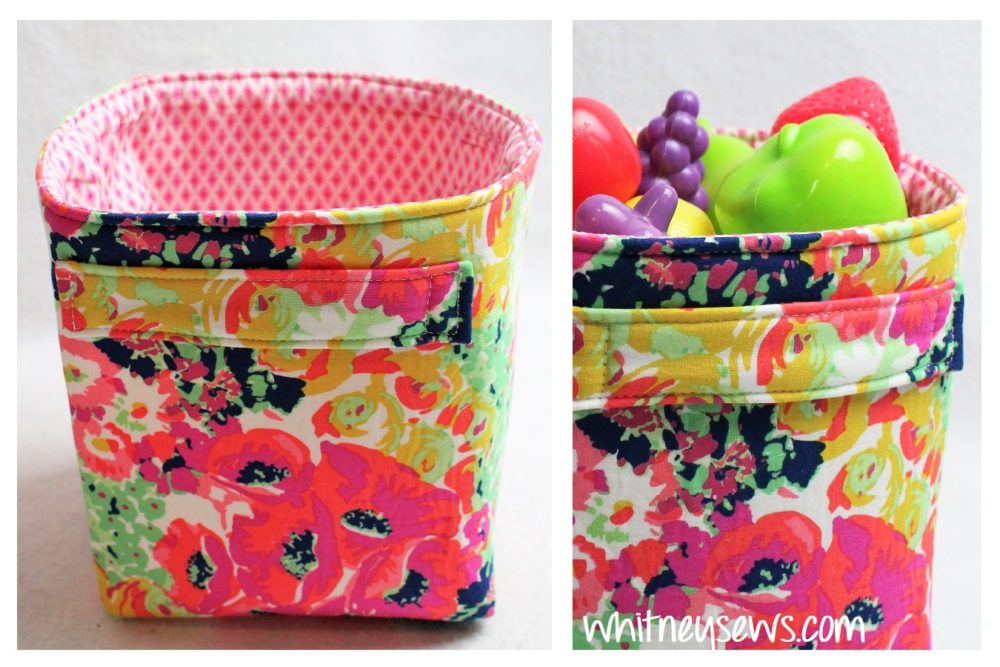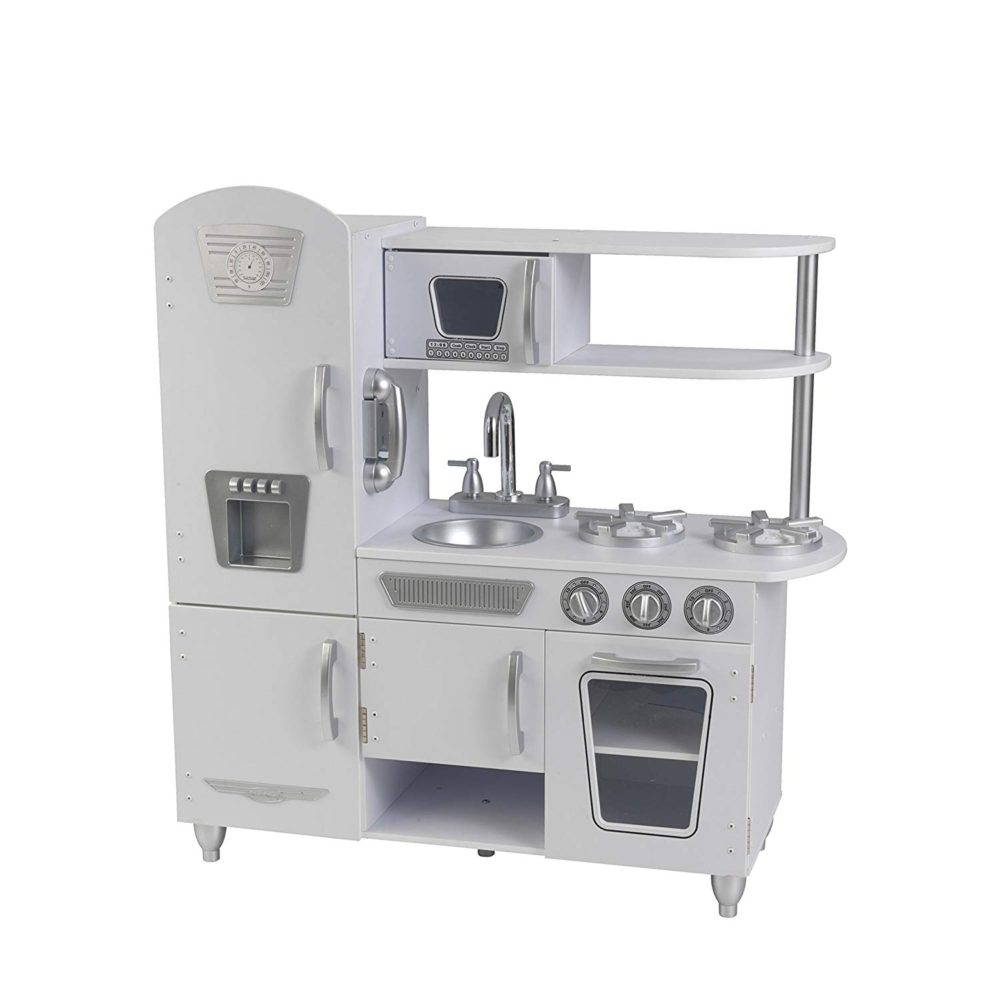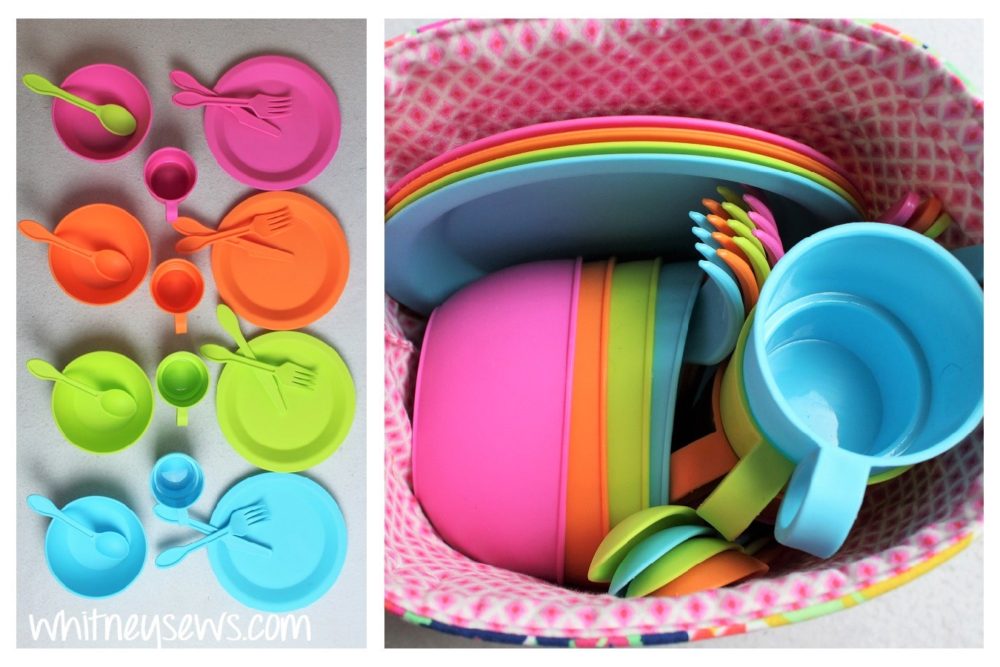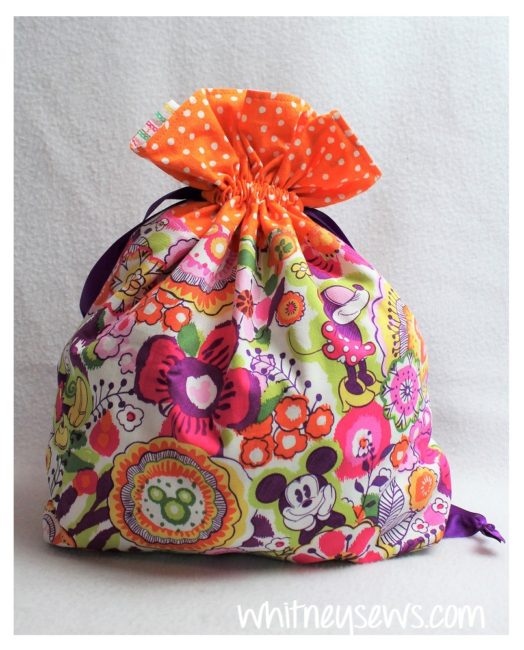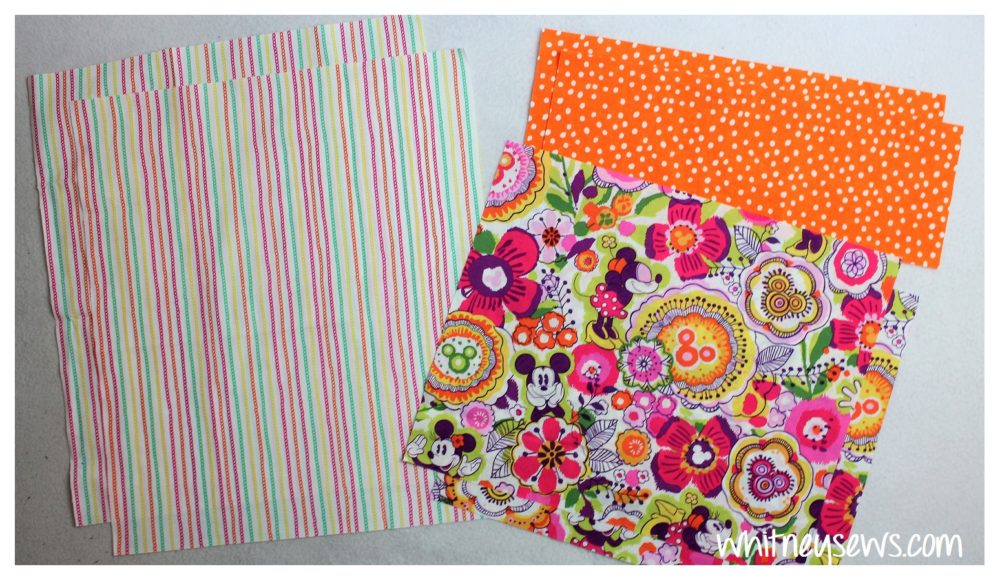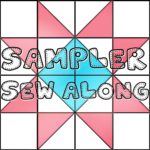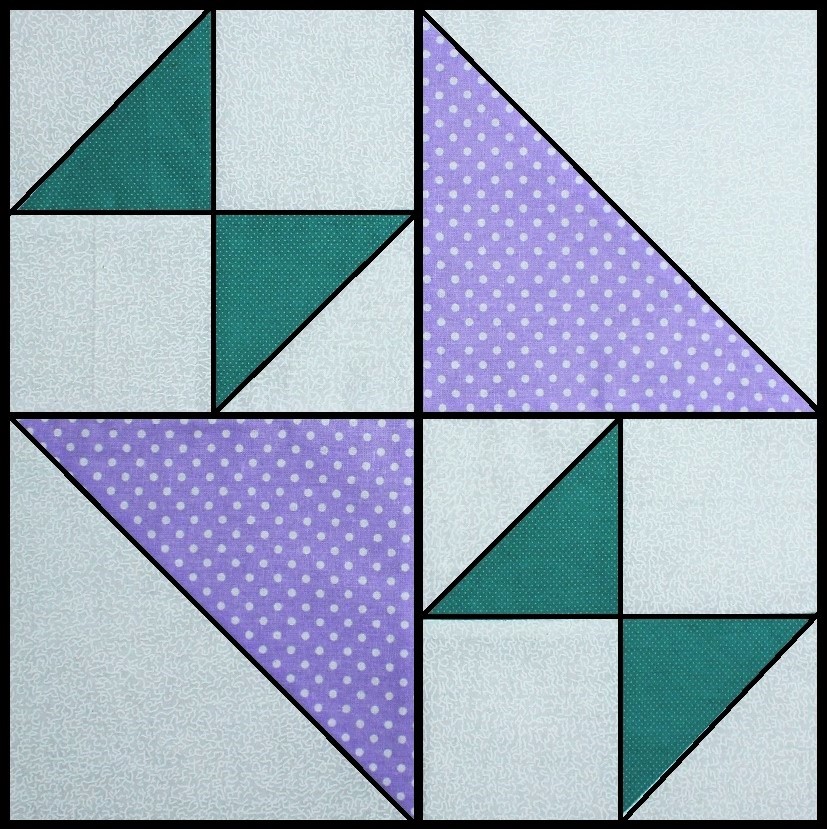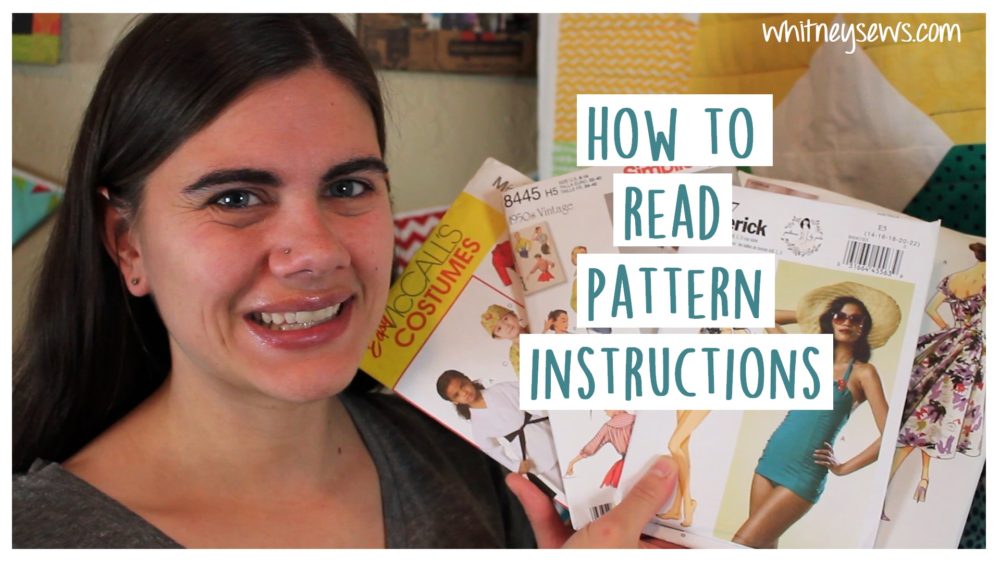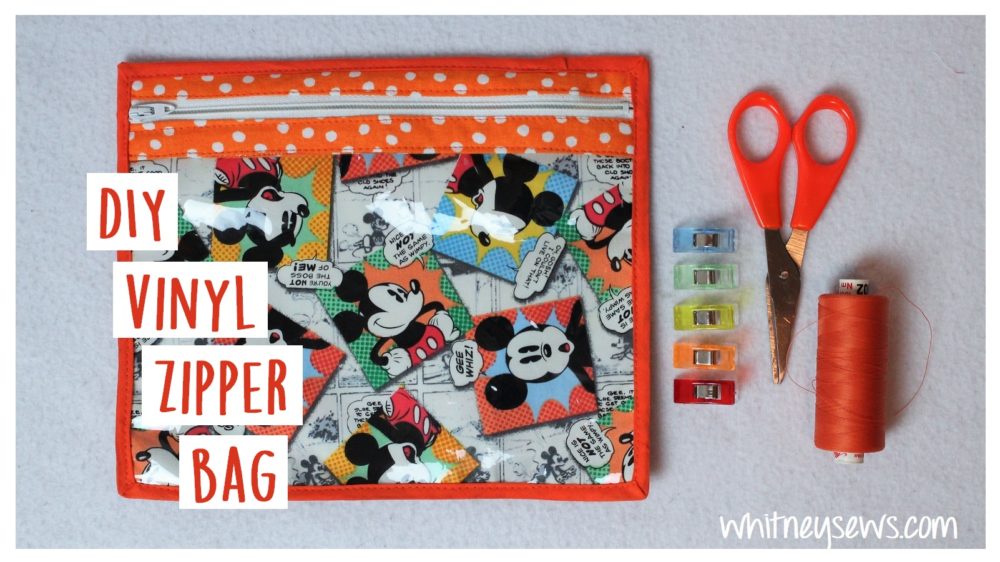
 Last week I got sick…Bleh! It was the kind of sick that leaves you with 0 energy. I spent 2 days straight in bed, exhausted and coughing. While I was in bed I had plenty of time to think about sewing (since I couldn’t actually sew). I came up with a really unique bag project that I hope to share in the next few weeks and as soon as I was well enough to sew I filmed this week’s tutorial. It is a zipper bag featuring a vinyl window in the front so you can see exactly what is inside the bag. The vinyl zipper bag is fully finished inside and out so it will last a very long time.
Last week I got sick…Bleh! It was the kind of sick that leaves you with 0 energy. I spent 2 days straight in bed, exhausted and coughing. While I was in bed I had plenty of time to think about sewing (since I couldn’t actually sew). I came up with a really unique bag project that I hope to share in the next few weeks and as soon as I was well enough to sew I filmed this week’s tutorial. It is a zipper bag featuring a vinyl window in the front so you can see exactly what is inside the bag. The vinyl zipper bag is fully finished inside and out so it will last a very long time.
Years ago I picked up a remnant of vinyl fabric. For a very long time I was too intimidated to sew with it. I hated using vinyl because it sticks to my machine, slides around while I’m sewing, and never seems to end up how I want it. But I realized I will never get better at working with vinyl if I don’t actually use it!
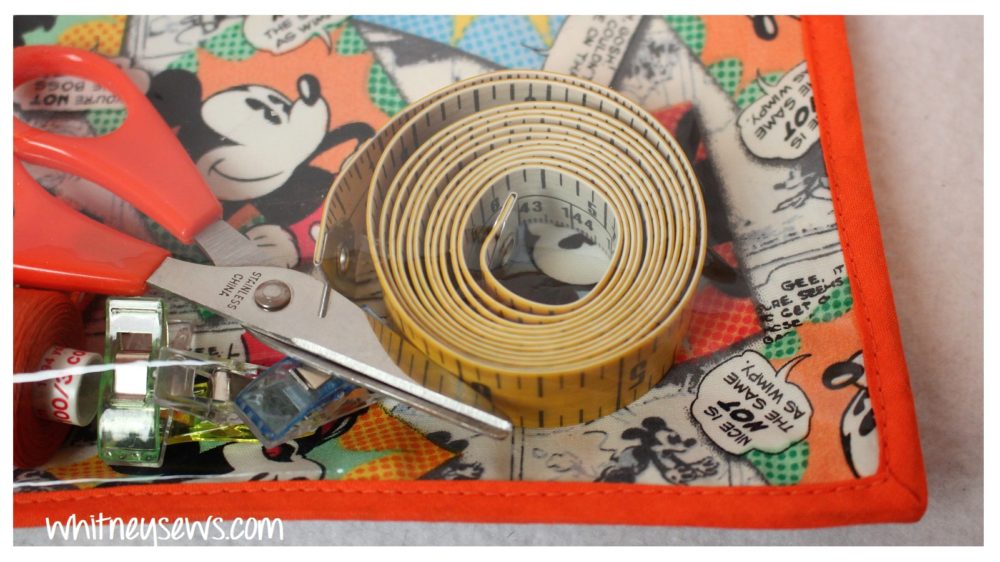 I guess what I’m saying is I am by no means an expert when it comes to sewing vinyl. I struggle just as much as anyone else, but this tutorial is about the project…which is a really great zipper bag! My cheat for making sure the bag turns out, despite any sewing struggles, is to cut the vinyl larger than the desired finished size. Then I trim it down to size before adding the binding in the last step.
I guess what I’m saying is I am by no means an expert when it comes to sewing vinyl. I struggle just as much as anyone else, but this tutorial is about the project…which is a really great zipper bag! My cheat for making sure the bag turns out, despite any sewing struggles, is to cut the vinyl larger than the desired finished size. Then I trim it down to size before adding the binding in the last step.
The one tip I do have to share pertains to cutting the vinyl. I’ve tried cutting it with a gridded acrylic ruler and a rotary cutter, but it is too hard to see the vinyl under the ruler and make sure I’m cutting it to the exact right size. So instead I use a permanent marker to mark out the lines I need to cut on. Then I can see I have the measurements right and the lines are easy to see under the ruler as I cut with a rotary cutter. You can find my favorite rulers and rotary cutter HERE on my Amazon page. Anything purchased through that link helps me earn a small percentage to fund future Whitney Sews tutorials.
Anyway, let’s get on with the actually tutorial. As I mentioned earlier, I was just getting over being sick and ended up cutting one of my pieces the wrong size. I realized it way too late to recut it, but thankfully I have copied all the measurements down CORRECTLY for you all!
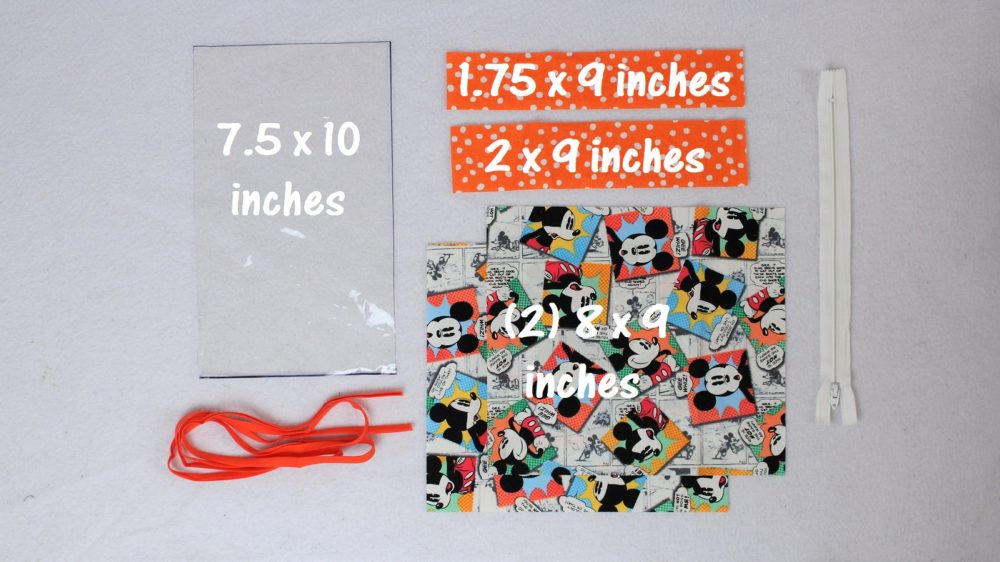 After your pieces are cut you are ready to start sewing! Follow the step by step tutorial HERE!
After your pieces are cut you are ready to start sewing! Follow the step by step tutorial HERE!
I would love to know if you like working with vinyl or if you’re like me and still need a lot of practice. If you make this or any other project using my tutorials I would love for you to share a pic on the Whitney Sews Facebook page or on instagram using #WhitneySews
I’ll be back next week with another new tutorial! Until then, Happy Sewing!
-Whitney-
